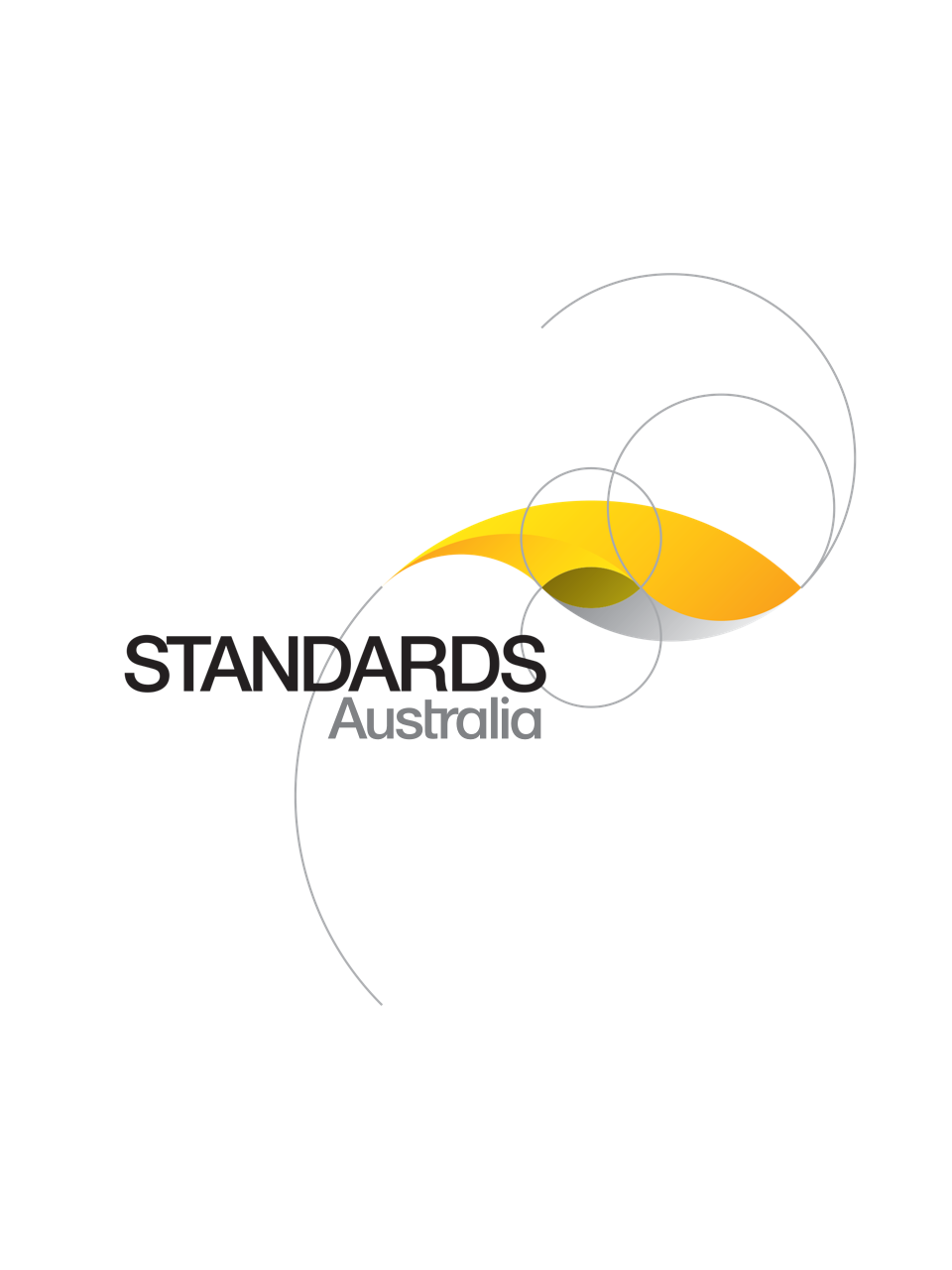Standard
UPDATE AVAILABLE
AS/NZS ISO 19116:2005
[Superseded]Adopts ISO 19116:2004 which specifies the data structure and content of an interface that permits communication between position-providing device(s) and position-using device(s) so that the position-using device(s) can obtain and unambiguously interpret position information and determine whether the results meet the requirements of the use.
Published: 27/04/2005
Pages: 51
Table of contents
Cited references
Content history
Table of contents
Header
About this publication
Preface
Introduction
1 Scope
2 Conformance
3 Normative references
4 Terms and definitions
5 Symbols, abbreviations and UML notations
5.1 Symbols and abbreviated terms
5.2 UML Notations
5.3 UML model stereotypes
5.4 Package abbreviations
6 Positioning services model
6.1 Introduction
6.2 Static data structures of positioning services classes
6.3 Positioning services operations
6.3.1 Definition of positioning services operations
6.3.2 Applying the positioning services operations
6.4 Basic and Extended Information
7 Basic information definition and description
7.1 Introduction
7.2 System Information
7.2.1 Introduction
7.2.2 PS_system
7.2.2.1 Introduction
7.2.2.2 System capability
7.2.2.3 Positioning technology
7.2.2.4 Referencing method
7.2.3 Instrument identification
7.3 Session
7.3.1 Introduction
7.3.2 PS_Session
7.4 Mode of operation
7.4.1 Introduction
7.4.2 PS_ObservationMode
7.4.2.1 Introduction
7.4.2.2 PS_MeasurementType
7.4.2.3 PS_ReferenceSystem
7.4.2.3.1 Introduction
7.4.2.3.2 Coordinate Reference System (SC_CRS)
7.4.2.3.3 Orientation Reference
7.4.2.3.3.1 Introduction
7.4.2.3.3.2 OrientationReferenceSystem
7.4.2.3.3.3 Orientation Axis
7.4.2.3.4 Motion reference system
7.4.2.3.4.1 Introduction
7.4.2.3.4.2 PS_MotionReferenceSystem
7.4.2.3.4.3 Motion axis
7.4.2.3.5 Rotation reference system
7.4.2.3.5.1 Introduction
7.4.2.3.5.2 PS_RotationReferenceSystem
7.4.2.3.5.3 Rotation axis
7.4.2.4 Link to spatial reference system
7.4.2.5 Concatenated operation
7.4.3 Observation
7.4.3.1 Introduction
7.4.3.2 Coordinate transfer (offset) values
7.4.3.2.1 Introduction
7.4.3.2.2 Offset vector
7.4.3.2.3 Offset reference system
7.4.3.2.4 PS_OffsetSourceType
7.5 Quality information
7.5.1 Introduction
7.5.2 PS_QualityMode
8 Technology-specific information
8.1 Introduction
8.2 GNSS Operating Conditions
8.2.1 Introduction
8.2.2 PS_GNSSOperatingConditions
8.2.3 PS_ComputationalConditions
8.2.3.1 Introduction
8.2.3.2 Position-fix mode
8.2.3.3 Position solution method
8.2.3.4 Positioning mode
8.2.3.5 CorrectionMethod
8.2.3.6 Frequency list
8.2.4 Performance indicators
8.2.5 Measurement conditions
8.2.5.1 Introduction
8.2.5.2 Positioning-measurement conditions
8.2.5.2.1 Introduction
8.2.5.2.2 Dilution of precision type
8.3 Raw measurement data
Annex A
A.1 Conformance
A.2 Abstract test suite for basic conformance
A.2.1 Positioning services device
A.2.2 System information (mandatory)
A.2.3 Session identification (optional)
A.2.4 Mode information (mandatory)
A.3 Abstract test suite for extended conformance
A.3.1 Technology-specific operating conditions (optional)
A.3.2 Technology-specific performance indicators (optional)
Annex B
B.1 Introduction
B.2 Structure of descriptors for data quality sub-elements identified as applicable for positioning services
B.3 Generalize to dataset accuracy
B.3.1 Example 1 — Accuracy of a map
B.3.2 Example 2 — Positional stability of survey marks
B.3.3 Example 3 — Positional accuracy of the horizontal network
B.3.4 Example 4 — Accuracy of position data subjected to coordinate transformation between datums
Bibliography
Cited references in this standard
Content history
[Superseded]
[Superseded]
AS/NZS ISO 19116:2005 Rec:2016
DR 05047
